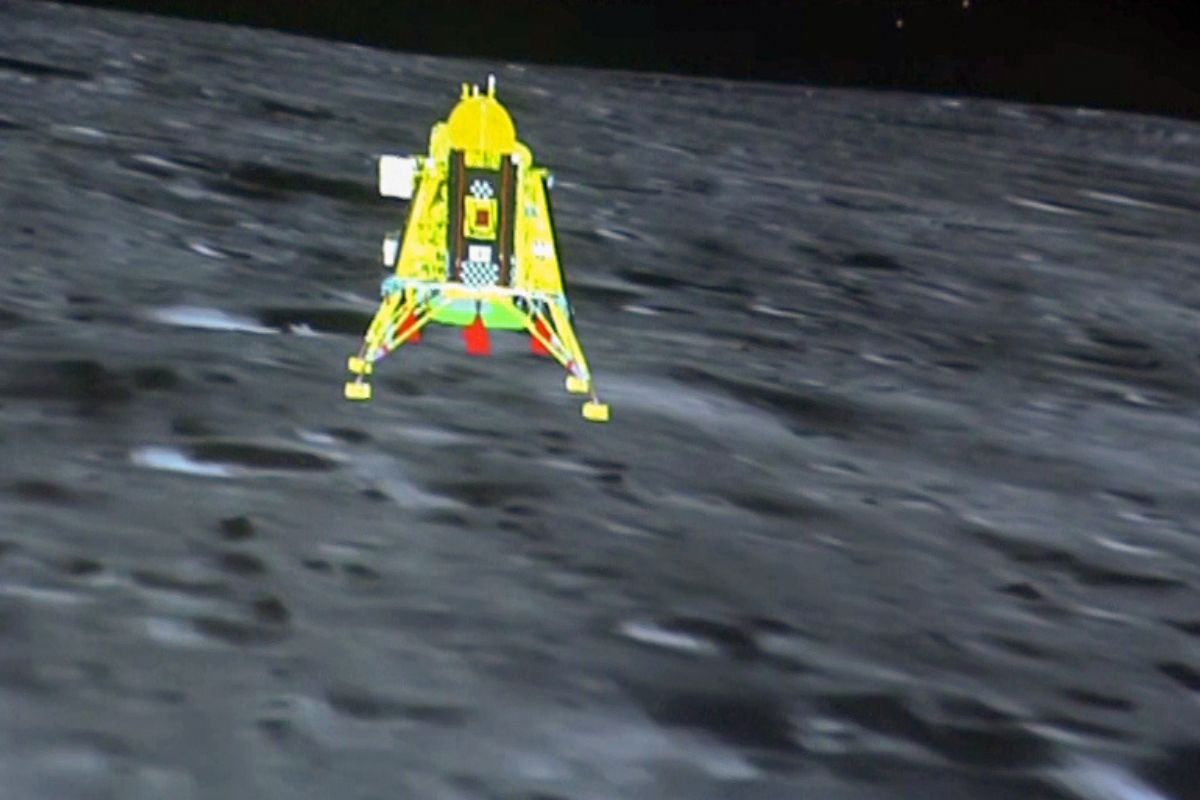Ponniyin Selvan turns two: Aishwarya Rai, Vikram reunite with cast
Celebrate two years of 'Ponniyin Selvan - 1' as Sobhita Dhulipala shares a reunion photo with Aishwarya Rai and Vikram.

The Chandrayaan-3 lander Vikram's soft-landing on the Moon's South Pole during Chandrayaan-3 Mission
The world is celebrating India’s achievement in successfully landing Chandrayaan 3 on the moon’s south pole. Yet, as the mission unfolds, there are intriguing questions regarding the durability of the lander after 14 Earth days, equivalent to one lunar day. Here’s what we’ve gathered so far.
After this initial 14-day period, night descends on the moon for the next 14 days. During this lunar night, the lander and rover, named Vikram and Pragyan respectively, remain dormant due to their reliance on solar energy, as they can only operate in sunlight.
Adding to the challenge, the moon’s nighttime is unforgivingly cold, with temperatures plummeting to a bone-chilling -208 degrees Fahrenheit or -133 degrees Celsius. Such extreme cold conditions pose a significant obstacle to the smooth operation of the rover, lander, and their scientific instruments.
Advertisement
This unique situation arises because 14 Earth days correspond to one lunar day. Once the lunar night sets in, the situation becomes complex. The solar-powered lander and rover are expected to slow down significantly, raising concerns about the feasibility of sustaining their operations. The cost and resources required to keep these lunar explorers active during this period could become substantial, and it’s uncertain whether Chandrayaan 3 has the capacity to endure such an extended lunar night.
However, the scientists at the Indian Space Research Organisation (ISRO) have not ruled out the possibility of Vikram and Pragyan springing back to life when the sun graces the moon’s surface once more.
Some enthusiasts in the scientific community assert that Vikram and Pragyan are destined to remain on the moon permanently. The propulsion module, lander, and rover will not return to Earth but will instead become fixtures of the lunar landscape.
During the lunar night, the rover will maintain contact with the lander. This will serve as a relay station for data transmission back to ISRO’s mission command center. Nevertheless, direct communication with the rover during this period will not be feasible.
It’s worth noting that the strategic landing date of August 23 marked the beginning of a lunar day cycle. ISRO, however, had a contingency plan in case Vikram couldn’t make it on that day. The backup landing date would be August 24.
Advertisement